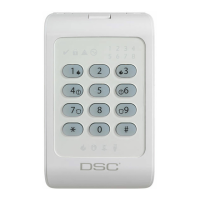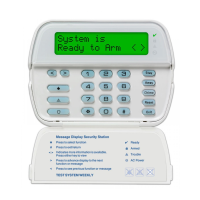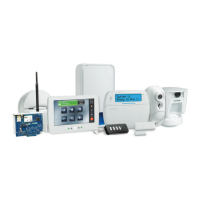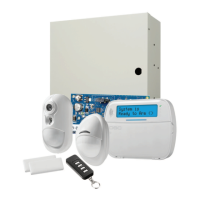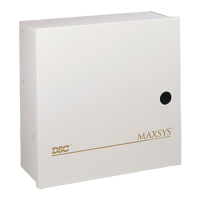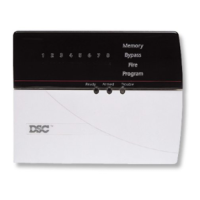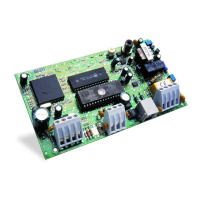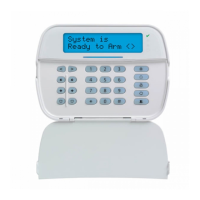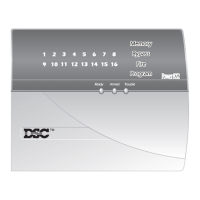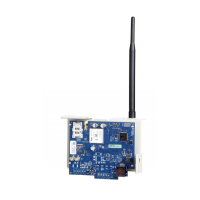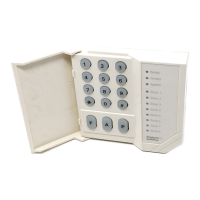
Do you have a question about the DSC PowerSeries PC4020 and is the answer not in the manual?
| Partitions | 8 |
|---|---|
| Keypads | Up to 16 |
| Communication Formats | Contact ID, SIA |
| Power Supply | 16.5VAC |
| Auxiliary Power Output | 12VDC |
| Communications | Phone line, cellular, or internet |
| Battery Backup | 12V |
| Keypads Supported | LCD and LED keypads |
| Wireless Expansion | Yes |
| Compatible with | DSC wireless devices, PowerSeries modules |
Discusses the system's fire detection features and installation needs.
Emphasizes weekly testing and monitoring functions for continued operation.
Provides advice on cleaning, battery replacement, and other system upkeep.
Describes core components like the control panel and keypad functions.
Details the layout and keys of the PK1555RKZ keypad.
Shows the layout and indicators for PK5508/PK5516 keypads.
Displays the design and functional keys for PK5500/PK5501 keypads.
Details the LED display and key layout of the LED5511.
Shows the LCD display and key layout of the LCD5511.
Explains common status lights, icons, and messages across various keypad models.
Steps for Away, Stay, and Night arming, including exit delays.
Explains Quick Exit, audible alerts for arming errors, and siren sounds.
Instructions on how to properly disarm the security system using an access code.
Details how to arm the system in Stay and Night modes for enhanced security.
Describes silent exit delay feature and remote arming/disarming.
How to use Fire, Auxiliary, and Panic keys for emergency alerts.
Describes continuous siren for intrusion and pulsed siren for fire alarms.
Differentiates continuous siren for burglary and pulsed for fire alarms.
Explains the purpose and general process of bypassing zones.
Step-by-step guide for bypassing zones on specific keypads.
Instructions for bypassing zones on PK5508/PK5516/PK5501/RFK keypads.
How to activate all bypassed zones or recall the last set.
How to program and select groups of zones for bypassing.
Details common trouble conditions and their meanings (Codes 1-8).
Procedures to access and reset the system's event log.
How to enable or disable the audible door chime notification.
Instructions for adding, modifying, or erasing user codes.
Explains Master, Supervisor, Duress codes and their programmable attributes.
How to configure bell squawks and assign codes to partitions.
Procedure for deleting an existing access code.
Instructions for setting the system's current time and date.
How to enable or disable automated arming and disarming features.
Programming daily auto-arm times for partitions.
Performing system tests and enabling remote installer access.
How the panel initiates communication for remote system updates.
Adjusting keypad backlighting and display contrast levels.
How to change the volume of the keypad buzzer.
Fields for enabled features, delay times, and system details.
Spaces to record central station and installer contact details.
Procedures for testing keypad sounders and system sirens.
Steps for testing all zones and detectors by activating them.
Information on Walk Test mode and enabling remote computer access.
Key recommendations for effective smoke detector installation in residential settings.
Essential checks for electrical safety, flammable liquids, and appliance condition.
Steps and considerations for creating and rehearsing a family fire escape plan.
Discusses issues related to installation quality, criminal knowledge, and environmental conditions.
Addresses limitations and potential failures of individual system components.
Highlights the importance of system testing, user training, and maintenance.
